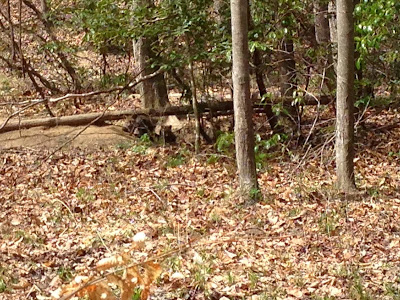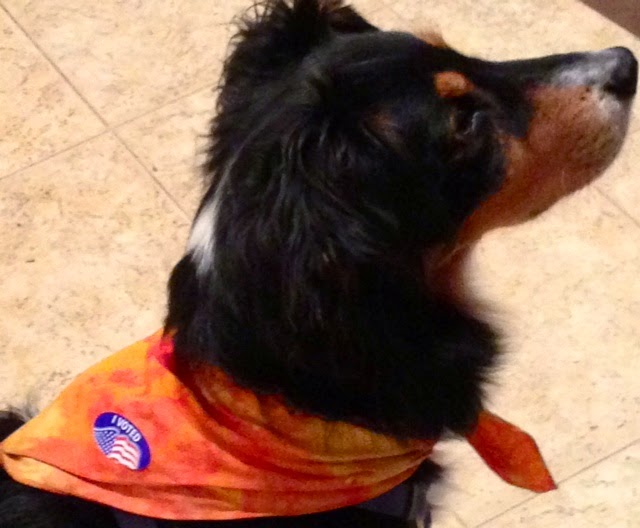The Sentry
This little guy is off duty here but I have caught him (or one of his brethren) sitting in front of a house I pass on the way to the beach, looking for all the world like he’s guarding the place. He glances to the left and right, he moves his head up and down. He is alert and ready to scamper. What he would do to combat an intruder I have no idea. But … he’s ready.
Chameleons are known for their changeability, of course, and why not variation of role as well as color? A playful mood, a cautious mood, a dutiful mood.
Here he is hanging around the boards of a deck, perhaps contemplating his next change of skin.




